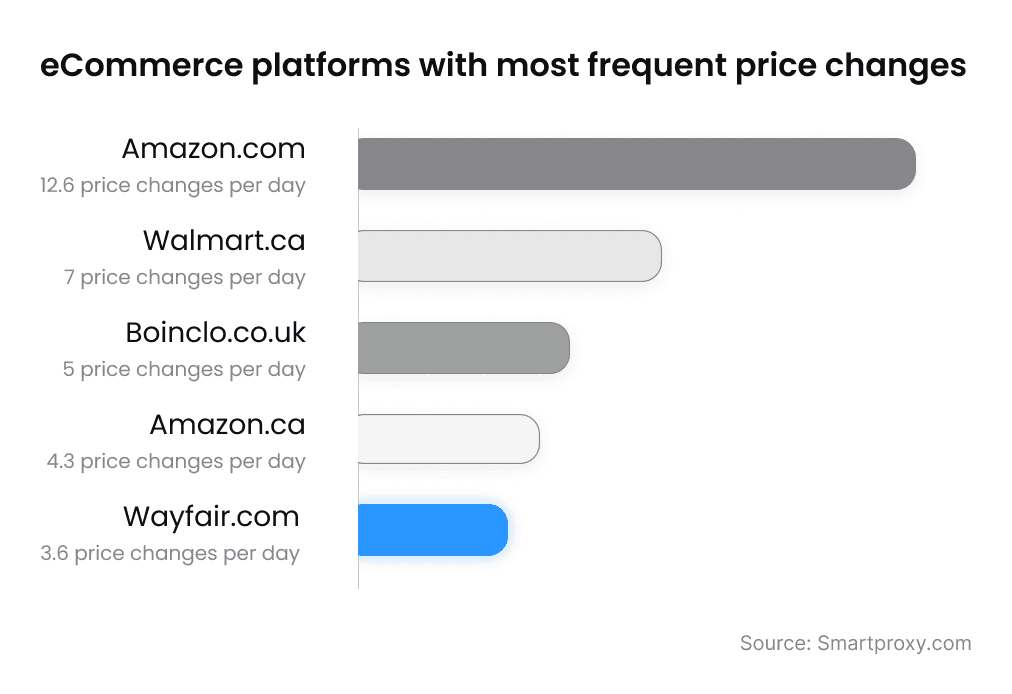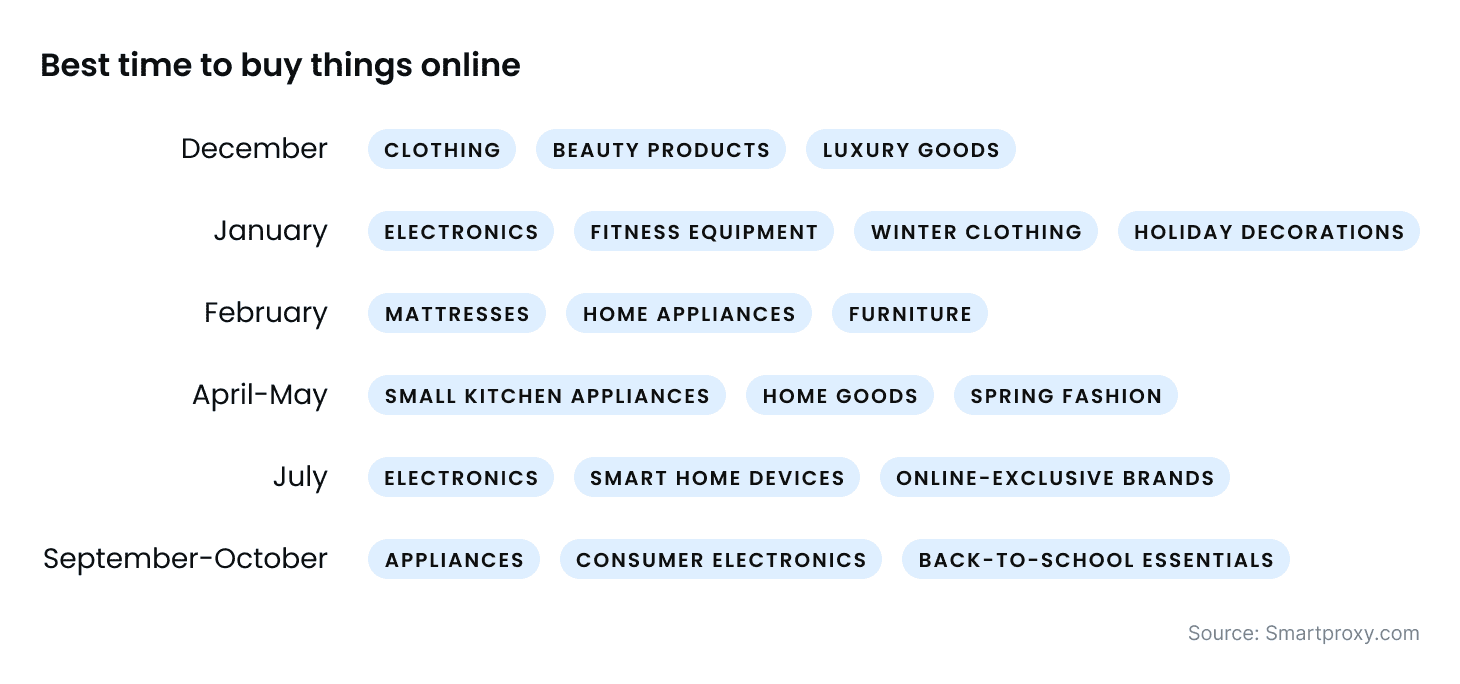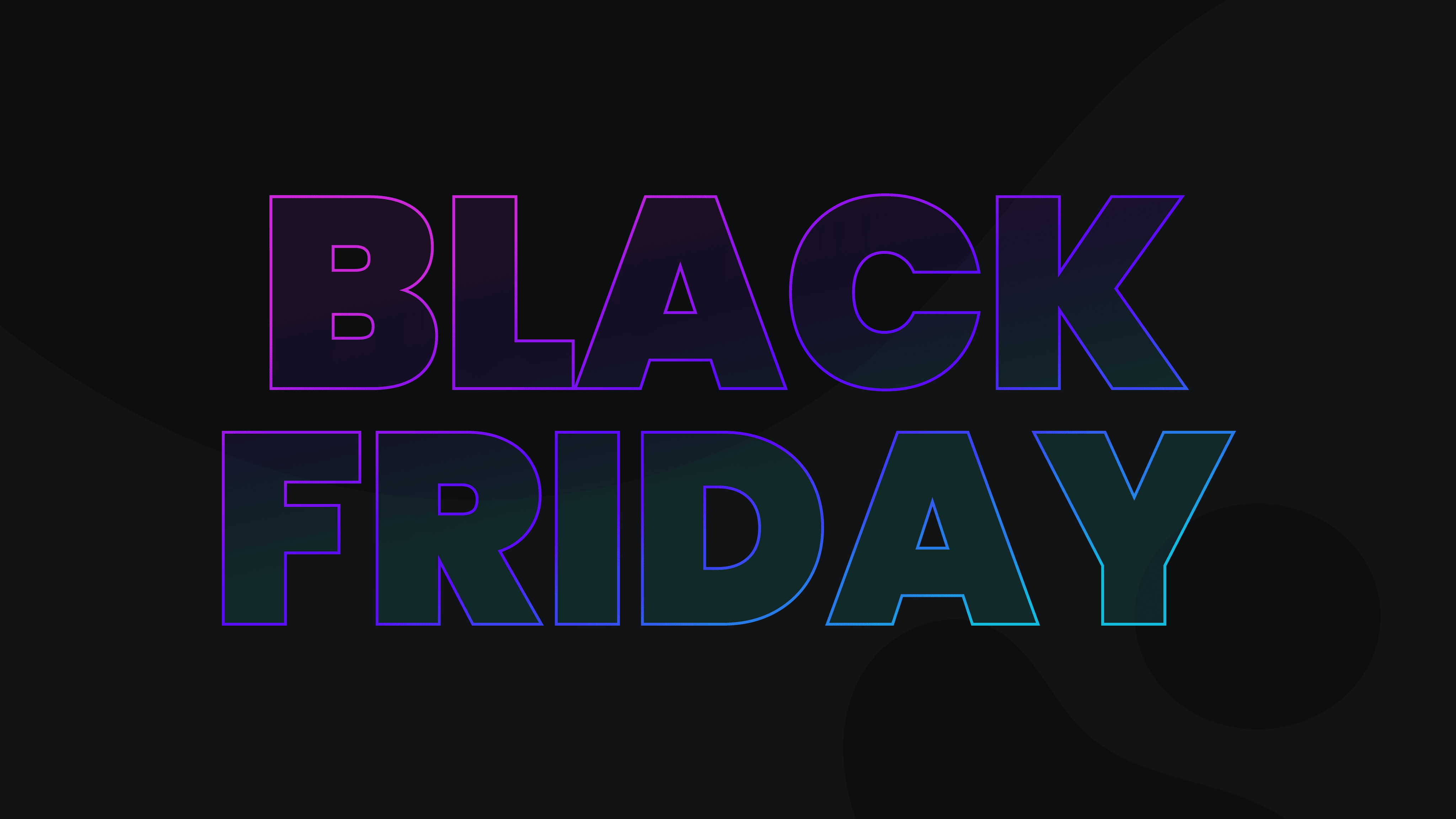Why the Biggest Black Friday Discounts Aren’t Always the Best Deals
Only 2% of discounted products are cheapest on Black Friday, but why are so many people still crazed about buying something? Since the first big Black Friday, this shopping festival got the tag as the best day to buy various items in brick-and-mortar and online stores. However, with record sales every year and growing competition, retailers have started to employ advanced strategies during this shopping season, making many of these deals not as valuable as they might appear.
On days leading up to Black Friday, many retailers subtly raise the baseline prices of products. Then, during the sale, they offer a “discounted” price that, while lower than the artificially inflated baseline, may still be higher than the normal selling price from weeks prior.
So, are shoppers really getting the best Black Friday deals, and what strategies are behind the most popular shopping festival? Grab your cup of coffee, and let’s explore them.
Psychological triggers driving Black Friday shopping
Retailers constantly explore the psychological appeal of Black Friday, capitalizing on the anticipation and excitement. They create a powerful perception of unbeatable deals by tapping into human cognitive biases and leveraging sophisticated marketing tactics.
- Anchoring – sellers present the original (inflated) price next to the sale price. The juxtaposition makes the discount appear substantial, even if the price reduction is minimal.
- Scarcity and urgency – retailers tap into the fear of missing out (FOMO) by showcasing limited-time offers, countdown timers, and low-stock alerts. The pressure to act quickly often leads shoppers to make impulsive decisions, creating the perception that they’re getting the best deal.
- Decoy effect – consumers are subtly steered towards purchasing by presenting three pricing options, where the middle option is designed to look like the best value.
- Social proof – retailers showcase customer reviews, ratings, and “best seller” tags to create the impression that a product is popular and highly desired.
- Price framing – vendors use an effective psychological technique by manipulating how a discount is presented to make it more appealing. Instead of offering a 20% discount, it might be framed as “Save $50 today”, making the savings more tangible.
How eCommerce platforms prepare for Black Friday
Major eCommerce platforms like Amazon, Walmart, and Best Buy have perfected the art of dynamic pricing and psychological manipulation during peak shopping seasons. These platforms are equipped with sophisticated data analytics tools that track consumer behavior, purchase history, and even browsing habits.
According to our web data collection solutions’ usage data on the peak shopping days, we see a big increase in scraping requests during the Black Friday period. Here’s how scraping requests grew toward Black Friday in 2023:
- November 20 – 4.1B requests
- November 21 – 4.4B requests
- November 22 – 5.6B requests
- November 23 – 6.3B requests
- November 24 (Black Friday) – 7.1B requests

Further research data shows that after the Black Friday week, requests slowly decreased until mid-December, when we see a slight spike again due to increased consumer activity leading up to Christmas and last-minute holiday shopping. According to yearly data, the next increase should only happen around July, during Amazon Prime Days. Ultimately, peaks in scraping requests also correlate with the frequency of price changes in various eCommerce platforms.
How dynamic pricing influences pricing decisions
Another common technique eCommerce businesses implement during peak shopping festivals is dynamic pricing. It’s a strategy driven by AI and web scraping employed by eCommerce platforms like Amazon, Walmart, and eBay, where product prices fluctuate based on supply and demand, competitor pricing, time of day, and consumer behavior.
“Our scraping solutions data reveals just how competitive Black Friday has become, with pricing dynamically adjusting in real time. Dynamic pricing turns pricing into a flexible tool, letting eCommerce platforms quickly respond to demand, inventory, and customer behavior, especially during events like Black Friday. While it boosts profits and competitiveness, it also requires brands to build transparency and trust, helping customers feel informed rather than manipulated by price shifts.” – Gabriele Verbickaite, Product Marketing Manager at Smartproxy.
Black Friday is a prime example of this practice when retailers know shoppers are looking for deals. We’ve prepared a report on dynamic pricing, measuring how frequently the UK, US, and Canada eCommerce platforms adjust their pricing of 12 random products during regular 4-hour periods over a month. Here are the top 5 websites ranked by the average price adjustment:
- Amazon.com – 12.6 price changes per day
- Walmart.ca – 7 price changes per day
- Boinclo.co.uk – 5 price changes per day
- Amazon.ca – 4.3 price changes per day
- Wayfair.com – 3.6 price changes per day

While we measured the prices of 12 high and low-value products, for example, Amazon.com has more than 353M products, meaning there could be significant price fluctuations across millions of listings that we couldn’t capture. And for best-selling products, the price could even change a few times per hour, aggregating to over 100 daily price changes on a single item!
Shoppers are getting more savvy
While some Black Friday deals offer savings, fierce competition drives sellers to add discount tags more to attract buyers than provide genuine discounts. And online shoppers no longer take the first deal they see on the platform.
Consumers increasingly rely on price aggregation tools to compare discounts across multiple eCommerce platforms. These tools provide real-time price comparisons and highlight available coupons, helping shoppers avoid falling for deceptive deals.
Another advanced tactic is web scraping, which automates the process of comparing prices and tracking product availability. Once a niche strategy, web scraping is now becoming more accessible and widely used to maximize savings. Shoppers can even set automated data collection tasks, allowing them to skip tedious searches and quickly identify the best deals.
“While data aggregation is used by businesses to stay competitive during the Black Friday race-to-the-bottom, web scraping is no longer a tool used exclusively by eCommerce platforms. It has become a powerful solution for shoppers aiming to maximize peak shopping festival savings. And it’s not just about finding the best deal; it’s also about saving precious time.” – Vytautas Savickas, CEO at Smartproxy.
Are Black Friday deals really worth it?
Over 90M shoppers bought some items during Black Friday in 2023, and this shopping festival continues to be one of the biggest events of the year, drawing millions of consumers with the promise of massive discounts and unbeatable deals.
However, the reality is often more nuanced. The biggest discounts are frequently a result of dynamic pricing strategies, data-driven manipulation, and clever marketing tricks designed to boost retailer profits rather than deliver true value to the consumer.
The report on Black Friday deals published by Which? also outlined that out of the deals analyzed, 183 or 86% were cheaper or the same as their Black Friday price in the six months before the sales event. This only proves the fact that a 50% discount on electronics might not be the real deal after all.
When is the best time to buy things online?
While Black Friday is heavily marketed as the best shopping day of the year, the truth is that better deals can often be found at other times. Depending on the product category, there’s always a better deal if you catch the right timing. According to our research, here’s a breakdown of when to buy specific items starting in December:

December – end-of-year sales
After Christmas, expect clearance sales as retailers offload the remaining inventory. This is a prime time for deals on winter apparel, advent calendars, and gift sets.
Best for clothing, beauty products, and luxury goods.
January – post-holiday clearance
Retailers slash prices to clear out inventory for new models and spring collections. Perfect for buying TVs and other electronics from the previous year's lineup. January is one of the best months to buy clothing and electronics as the shopping season craze is diminishing.
Best for electronics, fitness equipment, winter clothing, and holiday decorations.
February – President’s Day sales
Many online stores offer lower but actual discounts during President’s Day weekend, ideal for upgrading big-ticket home items.
Best for mattresses, home appliances, and furniture.
April-May – spring sales and Memorial Day
Memorial Day sales (end of May) often provide discounts on patio furniture, grills, and other seasonal items.
Best for small kitchen appliances, home goods, and spring fashion.
July – Amazon Prime days
Prime days, usually held in mid-July, offer steep discounts, especially on Amazon devices (Alexa, Echo, Kindle, and Fire TV). Competing retailers also run significant sales during this time.
Best for electronics, smart home devices, and online-exclusive brands.
September-October – Labor Day and early holiday sales
This is a great time for deals on home upgrades and items for students, like laptops and dorm essentials. Retailers also started to offer early access to holiday sales, ensuring customers could shop at discounted rates without the rush and stock issues of Black Friday.
Best for appliances, consumer electronics, and back-to-school essentials.
Tips on how to shop smarter during Black Friday
Ultimately, the best deals align with your needs, budget, and the true market value of the product, not just the biggest percentage off. Here are some tips to make your Black Friday shopping smarter:
- Look beyond the discount tag – big percentages don’t always mean real savings. Retailers may inflate baseline prices before the sale to create the illusion of a larger discount.
- Watch for psychological triggers – anchoring, scarcity, and social proof are powerful techniques that drive impulse buys. Pause and take a breather to assess the actual value of a product before making a purchase.
- Use price comparison tools – with dynamic pricing in play, comparing prices across platforms helps avoid artificially inflated deals.
- Shop off-peak for true value – consider shopping during quieter months when genuine discounts are more likely, or use web scraping tools to automate and streamline your search for the best deals year-round.
About the author

Vilius Sakutis
Head of Partnerships
Vilius leads performance marketing initiatives with expertize rooted in affiliates and SaaS marketing strategies. Armed with a Master's in International Marketing and Management, he combines academic insight with hands-on experience to drive measurable results in digital marketing campaigns.
Connect with Vilius via LinkedIn
All information on Smartproxy Blog is provided on an as is basis and for informational purposes only. We make no representation and disclaim all liability with respect to your use of any information contained on Smartproxy Blog or any third-party websites that may belinked therein.





